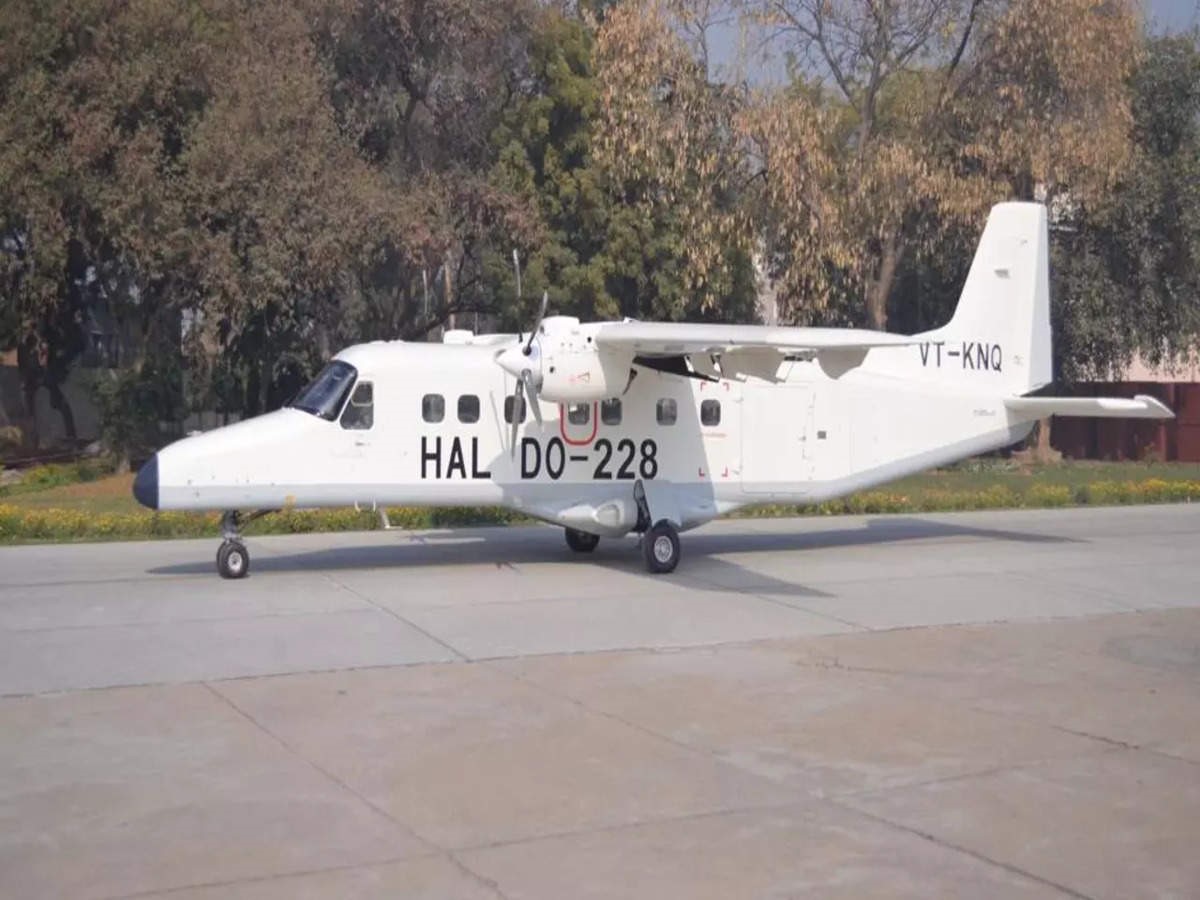India and Sri Lanka are heading towards an understanding wherein India will do its best to meet Sri Lanka’s pressing economic and financial needs, and Sri Lanka, in turn, will meet India’s needs vis-à-vis maritime security in the Indian Ocean Region (IOR).
The Sri Lankan Finance Minister, Basil Rajapaksa, was to be in New Delhi on February 25 and 26 to discuss these matters. But the visit was postponed indefinitely probably because of the worsening Ukraine crisis.
Be that as it may, the visit was to meant to rubber stamp an agreement covering modalities for the delivery of India’s emergency financial and economic aid, as well as the sale of Indian naval and air assets to Sri Lanka to enable it to participate in the maritime security of the IOR more effectively.
Dornier Aircraft
According to media reports, during Basil Rajapaksa’s sojourn in New Delhi, India and Sri Lanka were to sign agreements for Sri Lanka’s purchasing two Dornier aircraft (made in Hindustan Aeronautics in India), and the acquisition of a 4,000-tonne naval floating dock. Sri Lanka has been lacking in aircraft for the surveillance of the deep seas around it.
The Dorniers would be supplemented later by two Beechcraft 360ERs reconnaissance aircraft to be gifted to Sri Lanka by the US. The US and India are partners in the IOR security scheme.
Reports also said that Sri Lanka had agreed to post a naval liaison officer at the Indian Navy’s Information Fusion Centre-Indian Ocean Region (IFC-IOR) in Gurugram, near New Delhi. The Information Fusion Center would collect and coordinate Maritime Domain Information.
Earlier, such an information center was to be located in Colombo with Indian personnel also in it, but that plan did not go very far because Sri Lanka was dragging its feet. Thereafter, the collection and dissemination of information became the responsibility of the Indian navy’s center in Gurugram.
Economic Aid
On its part, India had announced a substantial aid package to Sri Lanka to help it tide over the on-going economic crisis. India had recently extended loans to Sri Lanka to the tune of US$ 1.5 billion for emergency purchases of food, medicines and fuel to tide over the economic crisis triggered by a severe debt and foreign exchange shortage. India had extended a SAARC currency swap facility of US$ 400 million and deferred the payment of US$ 515.2 million to the Asian Clearing Union (ACU) by two months to assist Sri Lanka. India has so far aided Sri Lanka to the tune of US$ 2.4 billion.
Indian Foreign Minister S. Jaishankar had assured that India will be a “steadfast and reliable partner of Sri Lanka”.
During the Delhi visit, Rajapaksa’s principal focus would have been on the modalities of securing the pledged Indian financial assistance and getting an enhancement of such assistance. But India’s focus would have been on the maritime security issue and what Sri Lanka needs to do, with India’s help.
Maritime security is an issue of critical importance to India given its worry over Chinese intrusions into the Indian Ocean Region and also China’s expanding footprint in the Sri Lankan economy, with one full port (Hambantota) and a container terminal (the Colombo International Container Terminal) already in its command.
Multi-Pronged Military Engagement
India has been on a long-standing and multi-pronged scheme to engage with the Sri Lankan military, especially the navy, closely. Sri Lanka is a strategically located island as India’s doorstep. As Ambassador Shivshankar Menon put it: “Sri Lanka is an unsinkable aircraft carrier” anchored off the Indian coast.
Towards building closer relations between the Indian and Sri Lankan navies, India has been trying to draw Sri Lanka into its defense perimeter by holding regular joint exercises with the Sri Lankan navy. The Sri Lanka India Naval Exercises (SLINEX) had taken place eight times since 2005. The eighth edition that took place in 2020. The Indian Navy, aided by the Indian Coast Guard, is training Sri Lankan Navy personnel.
In October 2021, Indian Navy ships–Sujata, Magar, Shardul, Sudarshini and Tarangini, accompanied by the coast guard Ship Vikram were in Sri Lanka for the Integrated Officers Training Course. According to a statement by the Indian Ministry of Defense on this, the deployment of the Indian vessels was to broaden the horizons of young officers and officer-trainees by “exposing them to the socio-political and maritime facets of different countries in the Indian Ocean Region.” Various training activities were organized with a view to enhancing the interoperability of the two forces.
General Naravane’s visit
To strengthen army to army ties, and also reinforce New Delhi’s commitment to Sri Lanka, described as “Priority One” for India, the Indian Army chief General M.M. Naravane visited Sri Lanka in October 2021. He witnessed an Indian and Sri Lankan army military exercise that were held over 12 days.
The joint exercise, involving 120 Indian army personnel, was meant to promote synergy and interoperability amongst the two armed forces. The mega exercise from October 4 to 15 began with a focus on enhancing counter-terror operations. Gen Naravane, who witnessed the culmination of the exercise, lauded the troops of both countries for their high standards of training and professionalism.





